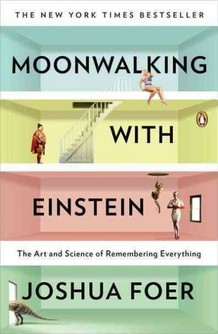 Shakespeare said,
Shakespeare said,
There is nothing either good or bad, but thinking makes it so.
If this is true, then a sense of worry or bother doesn’t come from the world, but from your thoughts about the world. The world can’t disturb you, you can only disturb yourself.
There’s a personal philosophy based on this concept, which involves ideas from Stoicism, Taoism, Buddhism, Epicureanism, and the Cognitive Model underlying Cognitive Behavioral Therapy.
Stoicisim
Marcus Aurelius, the great Stoic, said,
The happiness of your life depends upon the quality of your thoughts.
He also said,
You have power over your mind – not outside events. Realize this, and you will find strength.
This revelation is the basis of the Cognitive Model, which is the theoretical underpinning of Cognitive Behavioral Therapy.
Marcus Aurelius also advised us to, “Dwell on the beauty of life.”
Taoism
I’m reading The Tao of Pooh by Benjamin Hoff again, a book that had a big impact upon my as a young college student. It puts Winnie the Pooh forward as an example of a sage and role-model. Got to love that!
From Taoism we take the idea of acceptance. Whereas other religious and philosophical traditions teach that our world is “fallen” or somehow bad, something to overcome, Taoists believe it is by nature just as it should be, and you bring yourself into harmony with it by accepting the nature each thing already has in it. Don’t struggle against the natural world, but flow through it like water, effortlessly.
Buddhism
From Buddhism we borrow the idea of mindfulness. If it is your thoughts about the world, and not the world itself, that govern your mood, then you might wish to tune into these thoughts so you can become aware of what’s going on upstairs. This “tuning in” is called mindfulness. Buddhists famously practice mindfulness within their forms of meditation.
Epicureanism
From Epicureanism we like the idea of enjoying the penalty-free pleasures. Those who dismiss Epicureanism as hedonism are misled by that word, “pleasure,” and are missing the deeper undercurrents in Epicurus’s philosophy. Epicurus was no sensualist; rather, he warned against hedonistic pleasures of the senses. What Epicurus sought was merely a pleasant life. Epicureans appreciate the deeper joys of life, the sustainable ones, like friendship, art, nature, travel, exercise, learning, and gaining mastery in skills.
Other Influences
Christianity’s Golden Rule and the concept of the good life from the humanistic psychology of Carl Rogers should also be thrown into the mix.
Putting it All Together
There’s some way to mash all of these ideas together into not just an intellectual philosophy, but a way of life.
This is what I’ve been working on a lot lately. Some days I feel I’m able to put it into practice successfully, at least at moments, and other days not.

 Shakespeare said,
Shakespeare said,